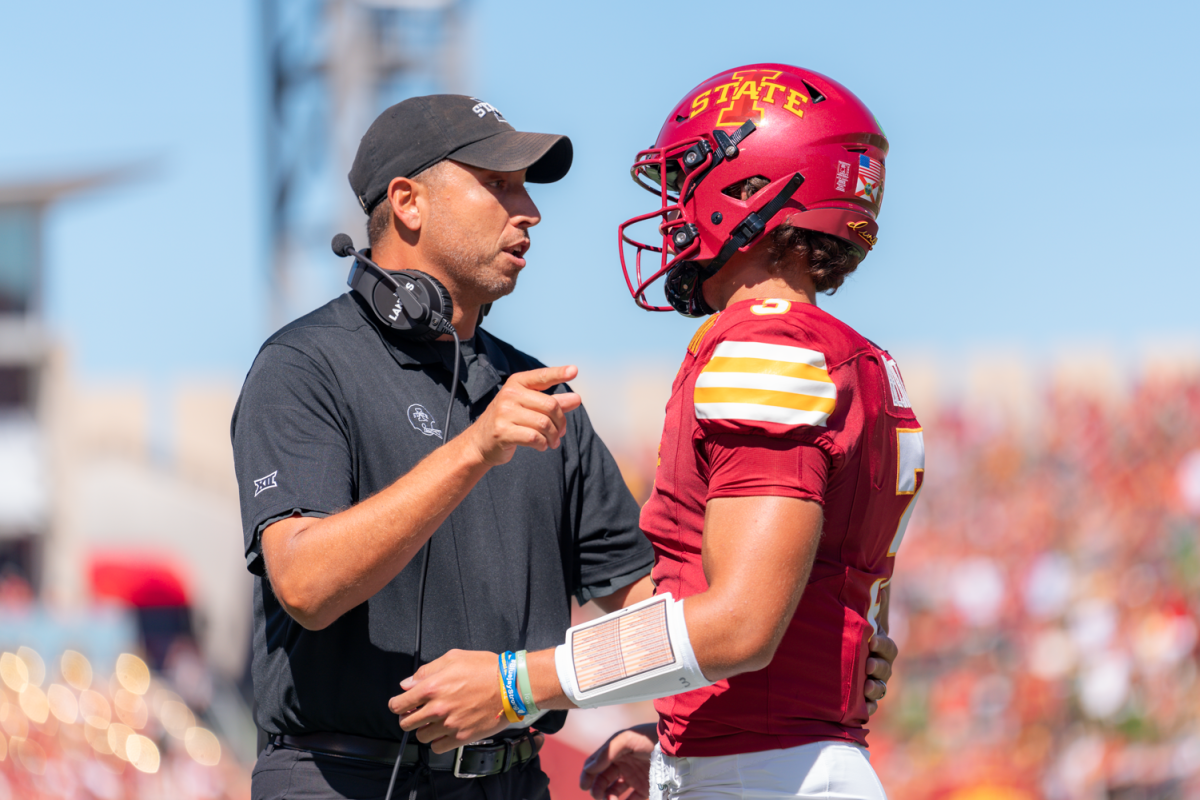EDITORIAL: Students’ insecurities about Social Security
December 9, 2004
Social Security. Everyone has heard of it, and what they have heard is usually pretty bad. According to a 1996 poll, only 9 percent of people our age trust in Social Security. Most anticipate substantially reduced benefits from it, if they have any expectations at all. When the subject is brought up, a date in the not-too-distant future is often mentioned along with it, defining the time that the system will go bankrupt. Nearly all these dates are before any traditional students will be retiring.
This is no small issue. Social Security is the single largest government expenditure, weighing in at more than $530 billion and accounting for more than 22 percent of the entire federal budget. The costs are expected to increase indefinitely as baby boomers retire and life expectancy increases. Most taxes paid by students go to pay for it.
One main plank of President Bush’s re-election campaign was the partial privatization of Social Security for those not yet close to retiring. True to his word, Bush has pledged to spend “political capital” on the goal. Though no bill has received the blessing of the president, a commission he established came up with one suggestion on how the process might begin: Allowing up to one-third of an individual’s payroll taxes to be diverted into a private investment account, which could be invested only in a variety of diversified plans. This would provide for current retirees and reduce overall risk by making the investment only a part of the individual’s future Social Security payments and by making the investment less.
The media coverage thus far has been somewhat negative, repeatedly mentioning the $1 trillion to $2 trillion in borrowing this would require for transition costs, but often failing to note that, unlike other government borrowing, almost all of this money would be going right into private investment. Even more rarely explained is that this fact should negate some of the problems normally associated with higher government spending.
The partial privatization of Social Security would, in theory, have no real cost to the government and could provide higher benefits than those currently offered, or it could provide the same benefits at a reduced cost. We would be happy with either result.
There are still practical problems with this plan, as with any plan to reform Social Security. It isn’t called the “third rail” of politics for nothing. There is the danger that, in order to sell the plan politically, supporters will abandon the zero-sum purity of the change in favor of incentives and pork. There is no change in the injustice of Social Security, in that most payment comes from the poor and middle class. And without even more dramatic shifts than are being suggested now, benefits will still have to be cut.
We have four years to figure all this out. The debate is off to a reasonably good start. Let’s take our time, and do it right.






